Browse Topics
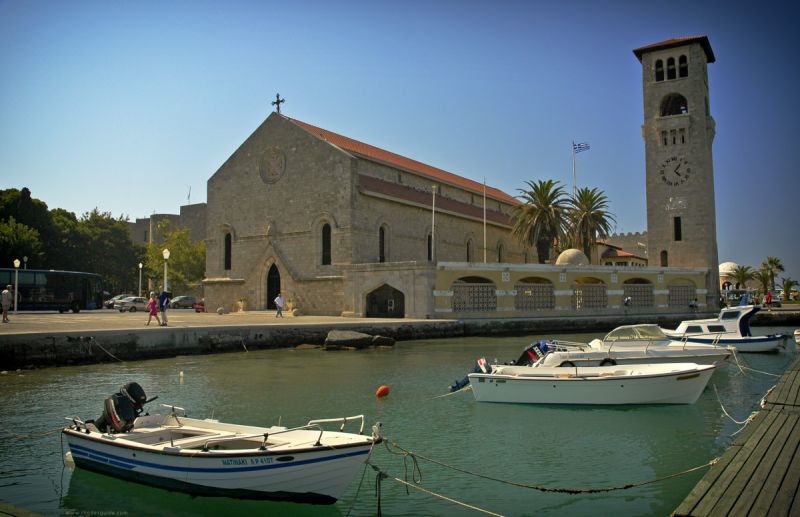
Mandraki Harbour
Mandraki Harbour, located on the eastern coast of Rhodes, near the New Town, stands as a historic port that captivates visitors with its enduring charm. Serving as a gateway to the island's rich past, Mandraki is enveloped in an atmosphere that echoes the whispers of history. Its close proximity to the modern amenities of the New Town juxtaposes the ancient with the contemporary, making it a unique point of interest. This port not only offers a glimpse into the historical narrative of Rhodes but also serves as a testament to the island's long-standing connection with the sea.
Read more »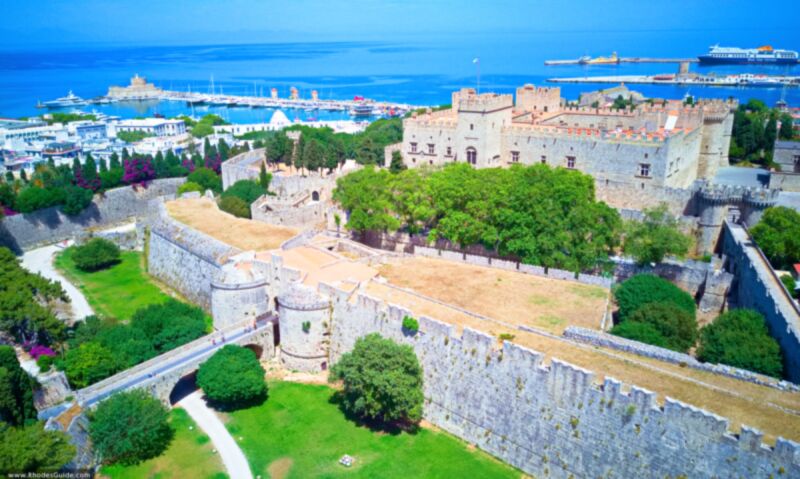
Palace of the Grand Master of the Knights of St. John
The palace of the Grand Master, is probably the most emblematic work of architecture in Rhodes and undoubtedly the symbol of the island’s medieval town. It was built in the 14th century under the command of Grand Master M. de Villeneure, on the foundations of another Byzantine fortress that did not manage to survive the repeated Arab-Persian attacks from the 7th century and on.
Read more »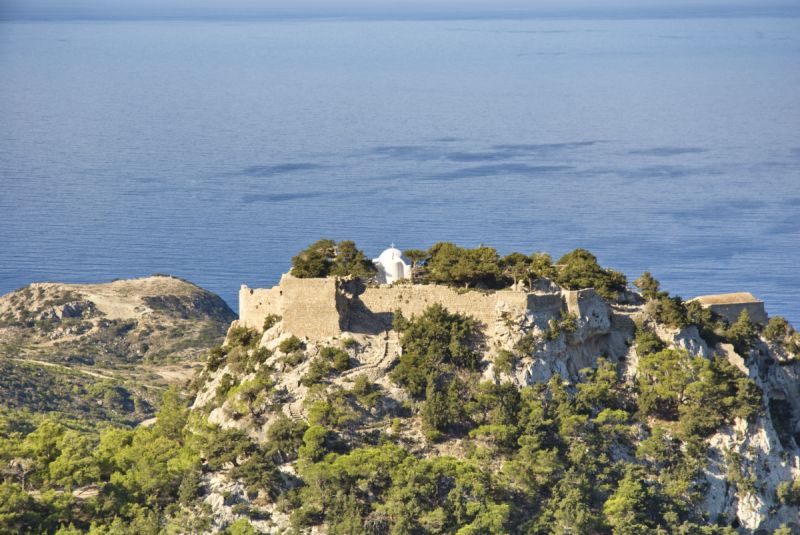
Monolithos Castle
Monolithos Castle, perched 236 meters above sea level near the village of Monolithos on the island of Rhodes, is a remarkable medieval fortress. Constructed atop the remnants of an older castle, its location on challenging natural terrain highlights the architectural ingenuity of its builders. This strategic position not only provided defensive advantages but also offers breathtaking views of the surrounding area, embodying the historical and cultural richness of Rhodes. The castle's enduring presence invites exploration of its past and appreciation of its rugged beauty.
Read more »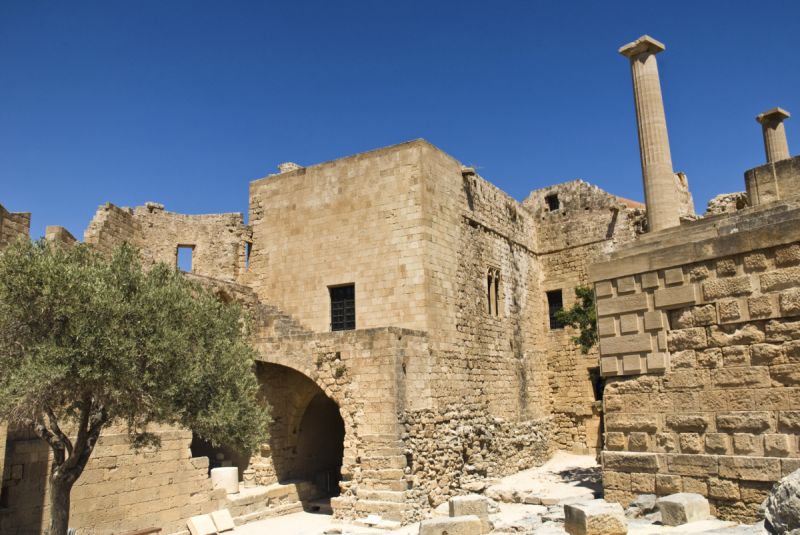
The Medieval Castle of Lindos
The Medieval Castle of Lindos, which can be found within the Acropolis of Lindos, is a historic fortification that once included the Governor's Palace of the Knights of St. John. Originally comprising three buildings, only two have withstood the test of time. This landmark is a testament to the rich history and architectural prowess of the era, offering a glimpse into the medieval period on the island of Rhodes. The castle's strategic location and remaining structures continue to draw an abundance of visitors, making it an essential part of Lindos' cultural heritage.
Read more »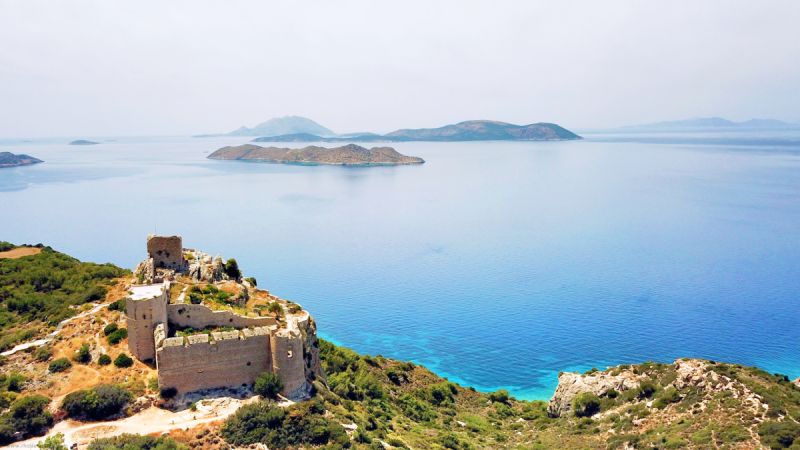
The castle of Kritinia (Kastellos)
The castle of Kritinia (Kastello for the locals) is a Venetian castle built in the 16th century on a hill about 131 meters above the village of Kritinia. It is fairly considered the gem of the village as it offers a breathtaking view of the Aegean Sea, the island of Chalki and the islets of Strogyli, Makri, Alimia and others.
Read more »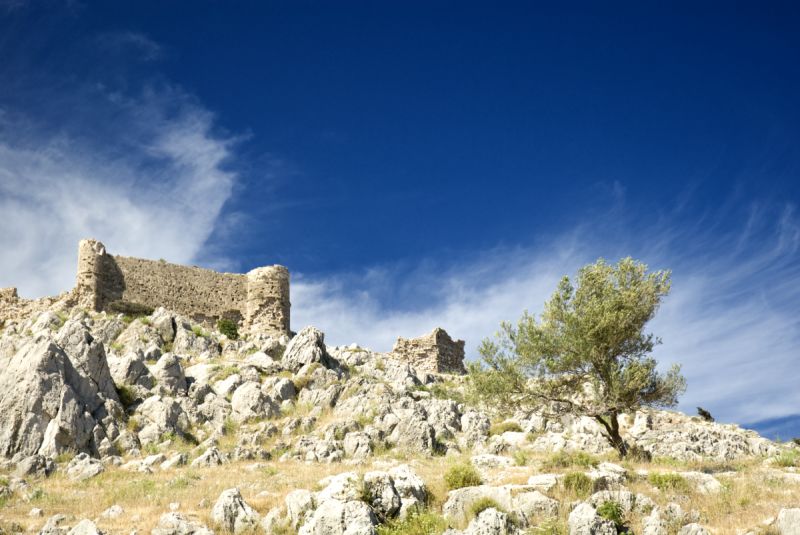
Feraclos (Feraklos) Castle
The castle of Feraclos (Feraklos) lies 150m high on a very sharp and rocky hill, on the eastern side of the island, overlooking the bays of Haraki and Agathi, opposite the coast of Asia Minor.
Read more »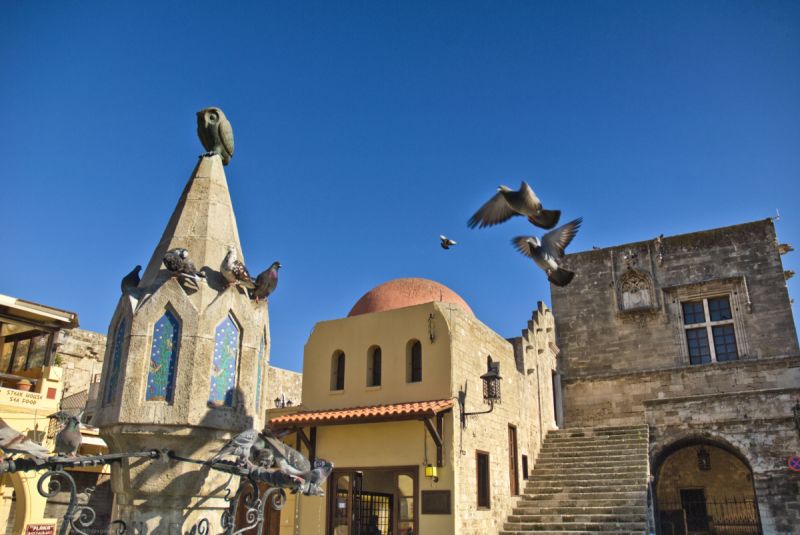
Rhodes Old Medieval Town
The Medieval Old Town of Rhodes, recognized as the oldest inhabited medieval city in Europe, captivates visitors with its historical grandeur. As one approaches its formidable walls, the layout quickly becomes apparent: the town does not conform to a grid system. This intricate maze of streets adds to the charm and mystery of this ancient urban center, inviting exploration and discovery of its rich past.
Read more »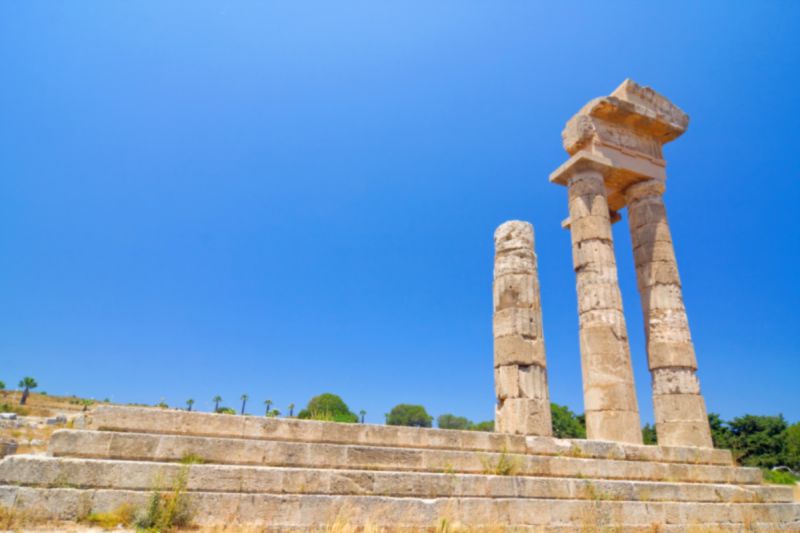
Rhodes Acropolis (Monte Smith)
The Acropolis of Rhodes, located on the hill what is now known as Monte Smith, was historically accompanied by the Ancient Stadium of Rhodes. Today, only limited remnants of the Acropolis survive, offering a glimpse into its former magnificence. Despite the sparse remains, the site continues to be an important historical landmark, providing insight into the architectural and cultural past of Rhodes.
Read more »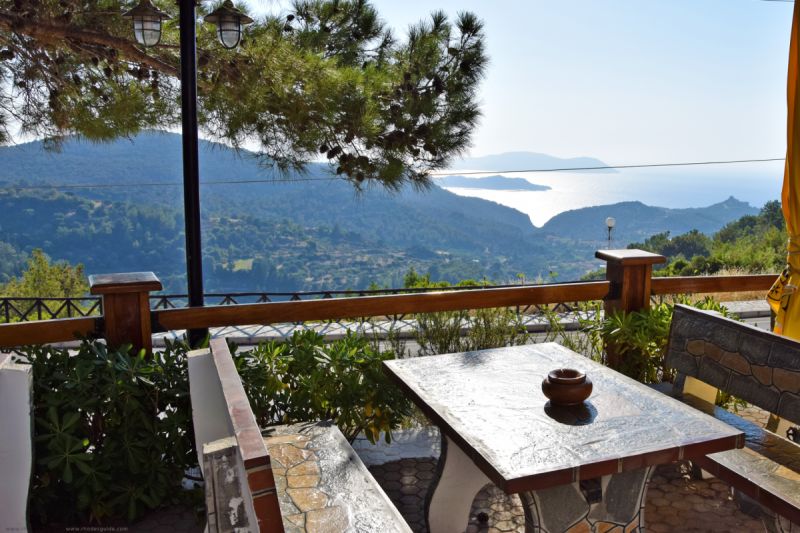
Kritinia
The medieval castle that looks out over the sea towards Chalki, standing on a pine-clad hill on the north-western coast of Rhodes, welcomes you to the region of Kritinia - called the forgotten border region by the inhabitants of the village. What makes it really worth a visit is the wild beauty of the landscape.
Read more »
 English
English
 Deutsch
Deutsch
 Ελληνικά
Ελληνικά